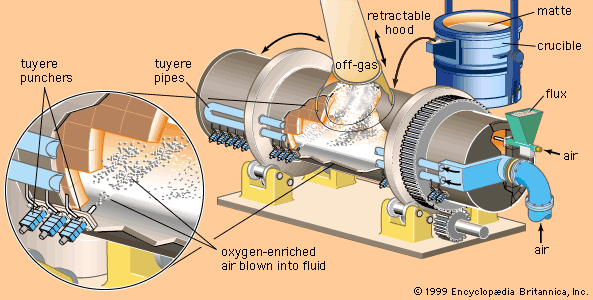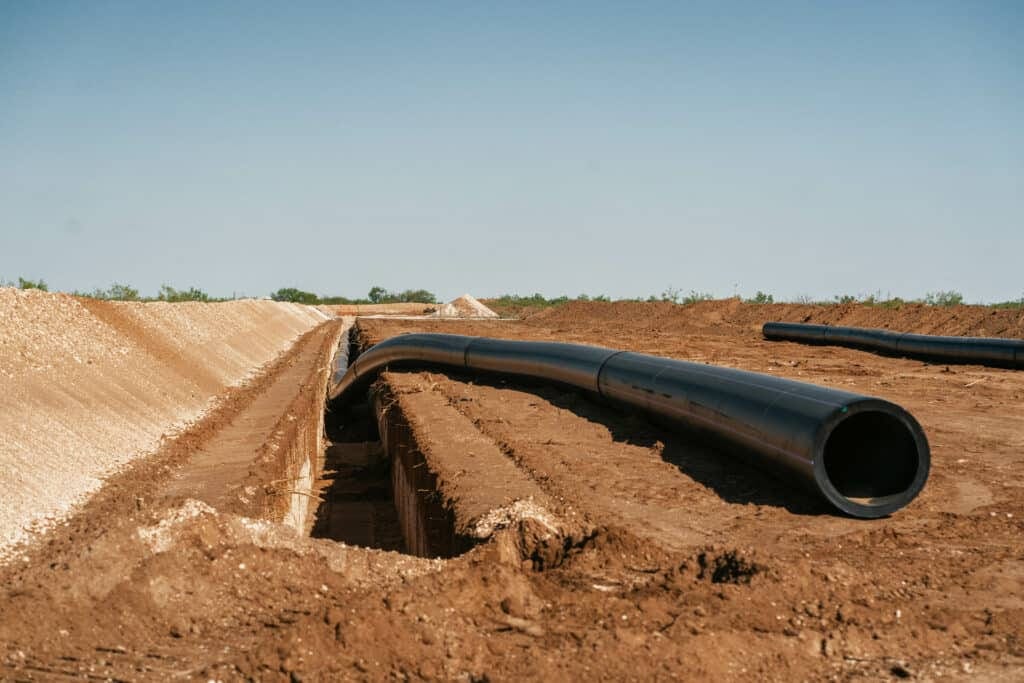Nickel is a critical metal that plays an essential role in various applications, most notably in the production of stainless steel and batteries for electric vehicles. As the world shifts towards more sustainable alternatives, the demand for nickel has steadily increased, resulting in a more thorough understanding of its mining processes, global distribution of nickel deposits, and the development of key mining companies. This blog post aims to provide a comprehensive overview of various aspects associated with nickel mining, including the mining processes, geographic distribution, and significant players in the industry.dcpipe pipeline expert

Nickel Mining Processes
Nickel mining involves multiple steps, from exploration and extraction to processing and refining. The mining process can be broadly categorized into two methods: underground mining and surface mining. The choice of method depends primarily on the depth and geographic location of the nickel deposits.
Exploration
The first phase of nickel mining is exploration. This stage involves geological surveys and studies that can encompass geochemical, geophysical, and geological mapping. Exploration may take several years and can be quite costly. This phase culminates in identifying potential mining sites where nickel deposits are present.
Extraction
After identifying a viable site, the extraction process begins. There are two primary extraction techniques used to obtain nickel:
- Surface Mining (Open-Pit Mining): This method is employed when nickel deposits are located relatively close to the surface. The process includes removing vegetation and overburden (topsoil) to access the ore. This method generally allows for more efficient large-scale extraction over a broader area.
- Underground Mining: When the nickel ore is located deeper below the surface, underground mining techniques, such as room and pillar or cut and fill methods, are employed. This technique tends to be more labor-intensive and can be more costly but is often necessary to access deposits that would otherwise be unreachable.
Processing
Once the nickel ore is extracted, it undergoes several processing steps before it can be used commercially. Common methods for processing nickel ore include:
- Crushing and Grinding: The first step in processing, which reduces the ore into smaller fragments.
- Concentration: This step involves separating the nickel minerals from the waste materials. Various methods, such as flotation or magnetic separation, can be employed at this stage.
- Smelting: The concentrated nickel ore is then heated to extract pure nickel. This is typically done in a furnace, where impurities are removed.
- Refining: The final stage involves further refining of the nickel to attain the desired purity levels, often utilizing hydrometallurgical or pyrometallurgical processes.
Post-refining, nickel is available in several forms, including nickel pig iron, matte, and electrolytic nickel, each suited for specific applications.

Global Distribution of Nickel Deposits
Nickel is found across the globe, with significant deposits located in various regions. The primary sources of nickel can be categorized into two types: laterites and sulfide deposits.
Laterite Deposits
Laterite nickel ores are formed through the weathering of ultramafic rocks and are primarily located in tropical and subtropical regions. Major countries that host laterite deposits include:
- Indonesia: The world’s largest producer of nickel, boasting extensive laterite deposits, particularly on the islands of Sulawesi and Halmahera.
- Australia: Home to substantial lateritic nickel resources, particularly in Western Australia, renowned for operations like the Nickel West project.
- Philippines: Also a significant source of nickel laterites, with several large mines in operation.
Sulfide Deposits
Sulfide nickel deposits, found in igneous rock formations, are typically richer in nickel content compared to laterites. Major locations of sulfide deposits include:
- Russia: The Norilsk-Talnakh region is one of the largest nickel-copper-palladium provinces globally, operated by Norilsk Nickel.
- Canada: The Sudbury Basin is highly regarded for its rich sulfide deposits, historically one of the largest nickel regions in the world.
- Africa: Countries like South Africa and Botswana have burgeoning sulfide nickel projects, contributing to an increasing share of global nickel production.
Key Industry Players
The nickel mining sector features a diverse range of companies engaged in various stages of exploration, extraction, and processing. Some of the prominent players in the nickel industry include:
1. Vale S.A.
Vale is a Brazilian multinational corporation and one of the largest producers of iron ore and nickel globally. The company operates nickel mines across Brazil, Canada, and Indonesia.
2. Norilsk Nickel
Based in Russia, Norilsk Nickel is one of the largest producers of nickel and palladium in the world. The company’s vast mining operations in the Norilsk area contribute significantly to its output.
3. BHP Billiton
BHP is an Australian-based mining company and one of the largest world producers of resources, including nickel. The company’s Nickel West business is centered around Western Australia.
4. Glencore
Glencore is a major commodity trading and mining company with significant nickel production operations in Australia, Canada, and Madagascar.
5. Nickel Asia Corporation
Based in the Philippines, Nickel Asia is the largest producer of nickel in the country, operating several mines dedicated to laterite nickel ore.
6. Sumitomo Metal Mining Co., Ltd.
This Japanese corporation is involved in the mining, refining, and marketing of nickel, enjoying a strong presence in the industry through joint ventures in Canada and Indonesia.
7. Indonesian Mining Companies
In addition to large multinational corporations, Indonesia is home to several domestic firms focused on nickel mining, including PT Aneka Tambang (ANTAM), which operates multiple nickel mines.
Conclusion
The demand for nickel continues to grow as industries evolve towards a more sustainable and electrified future. Understanding the mining processes, global deposit distribution, and key players in the sector provides valuable insights into the industry’s dynamics. As the world transitions to cleaner energy sources and electric vehicles, nickel will play an increasingly pivotal role. The efficient extraction and processing of this metal will be paramount to meeting the burgeoning market requirements while ensuring responsible environmental stewardship. dcpipe pipeline expert

